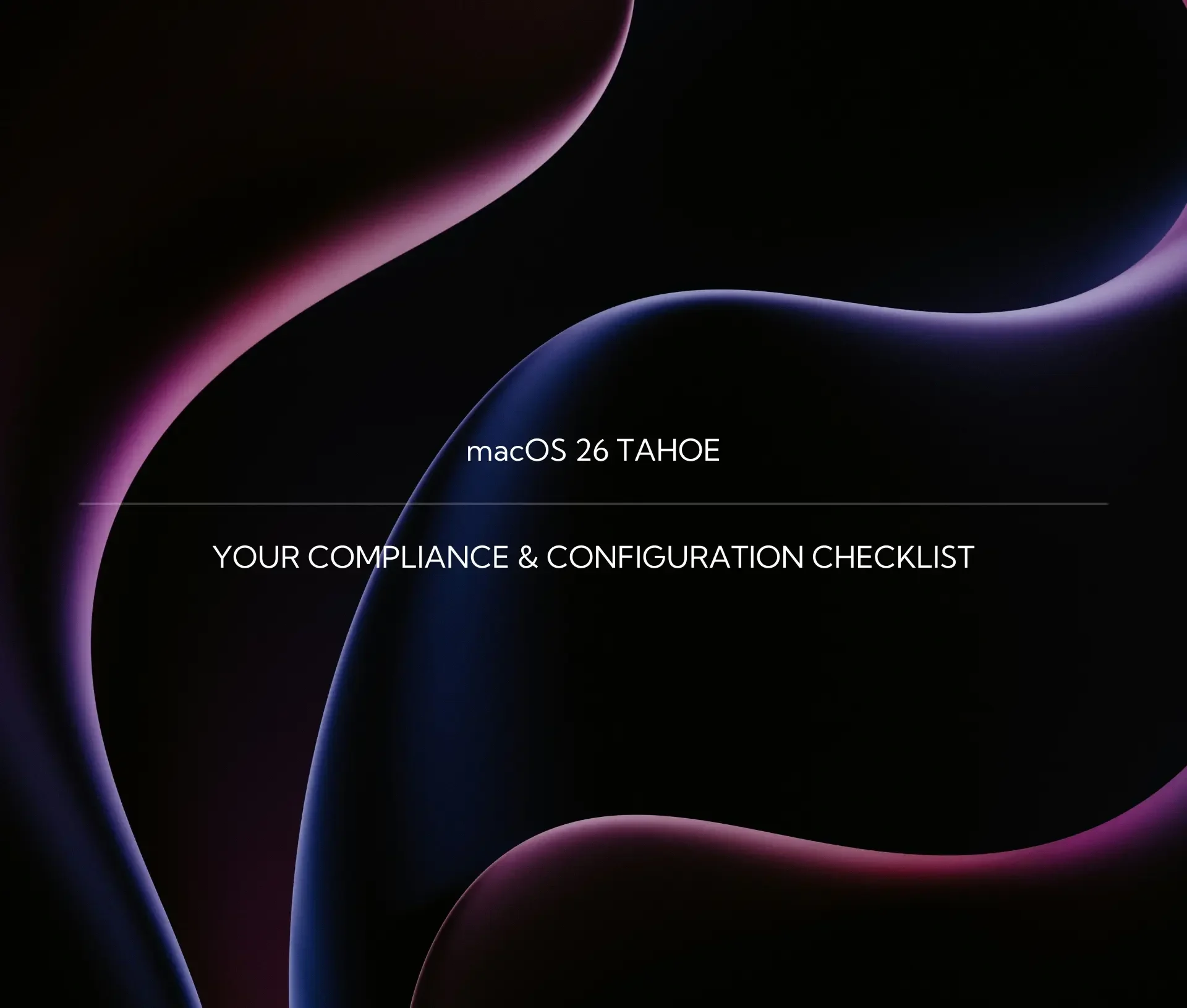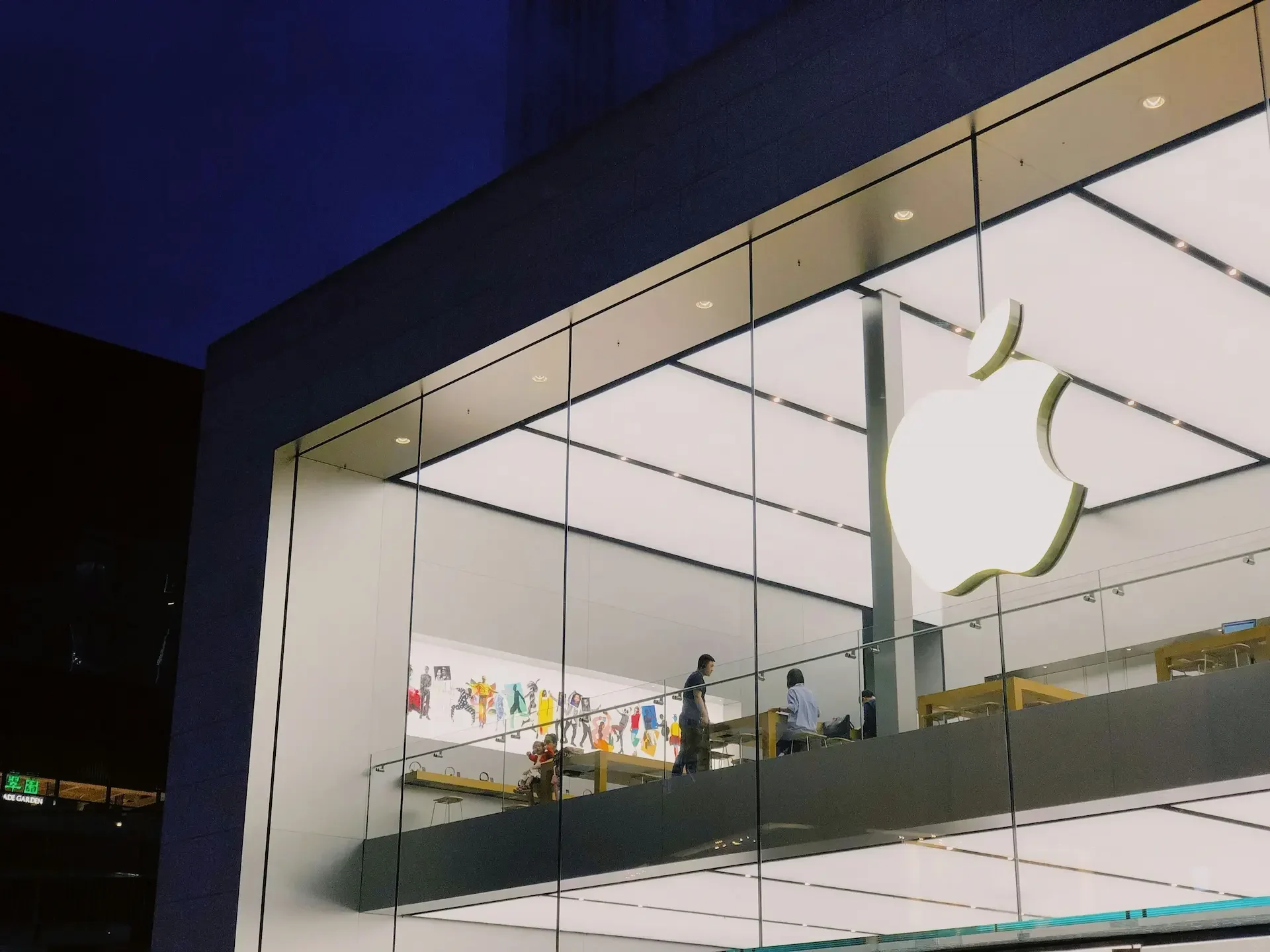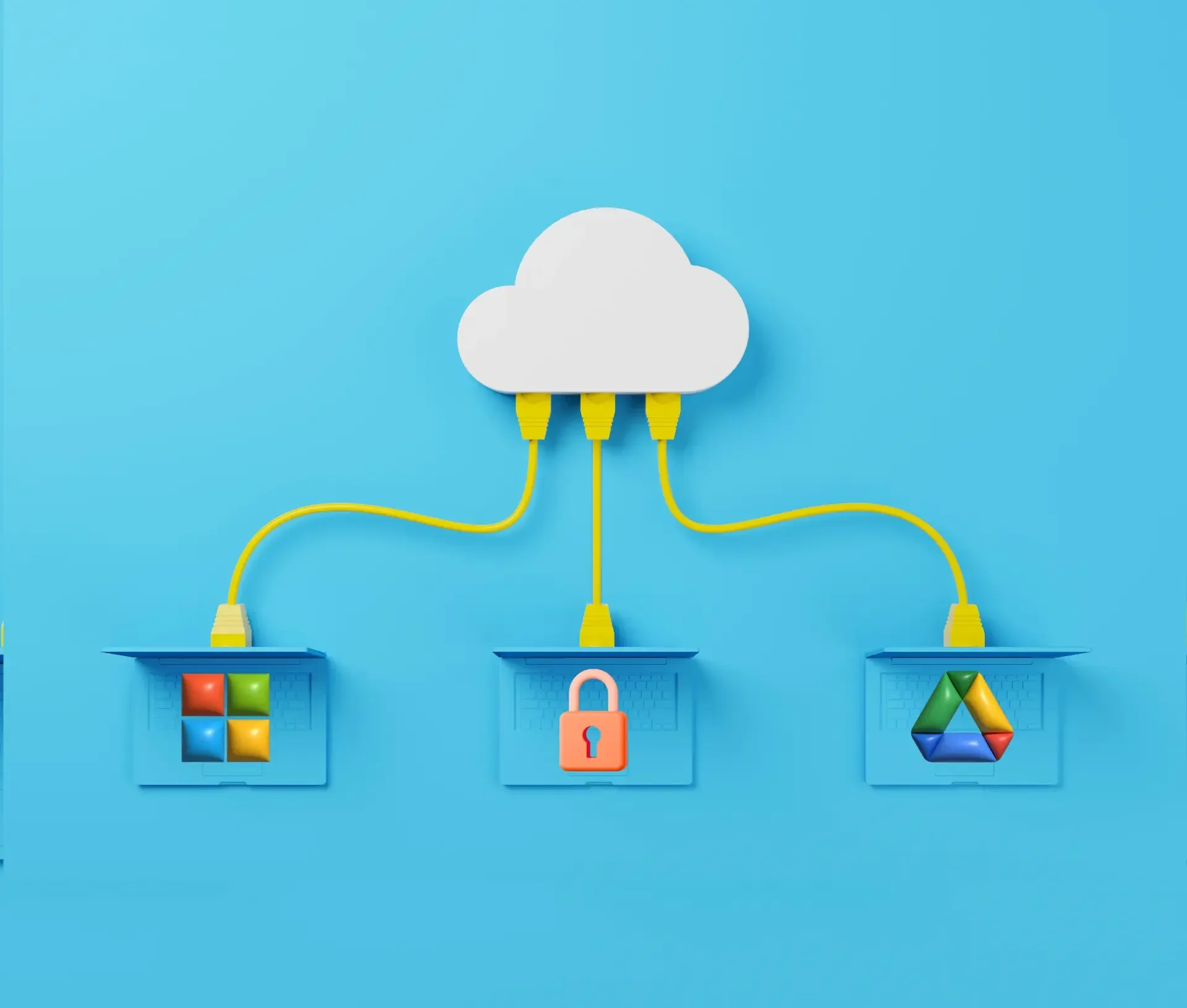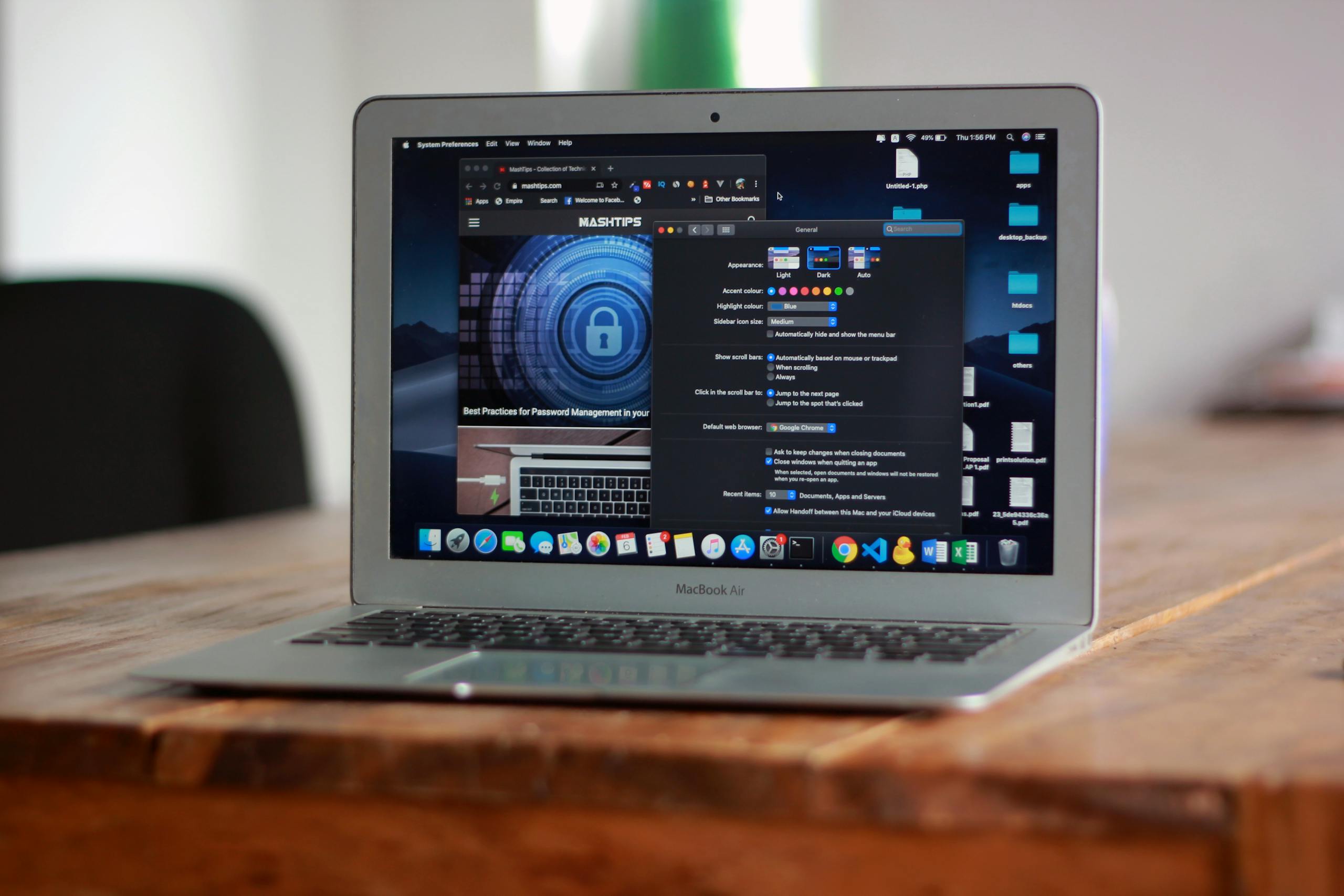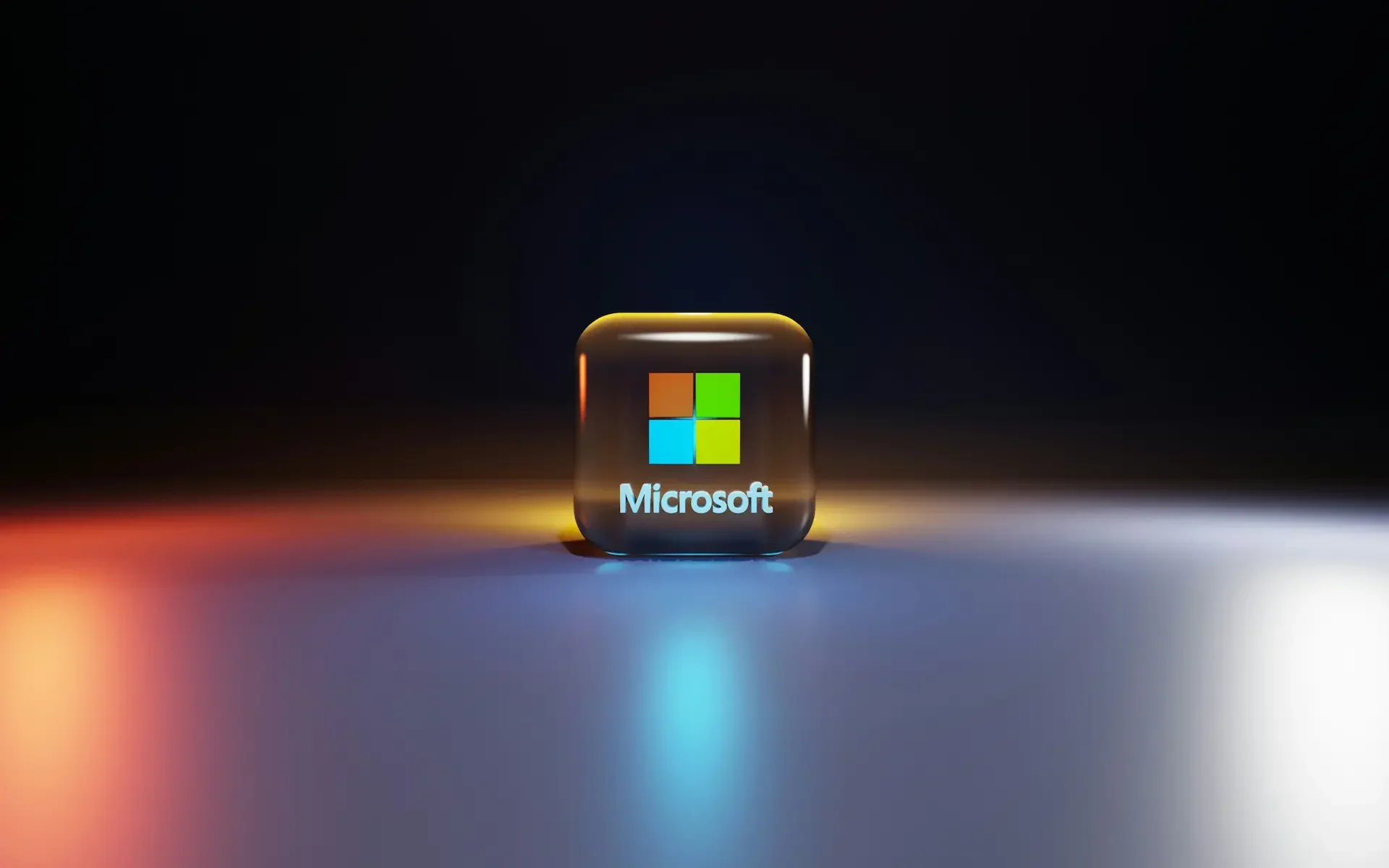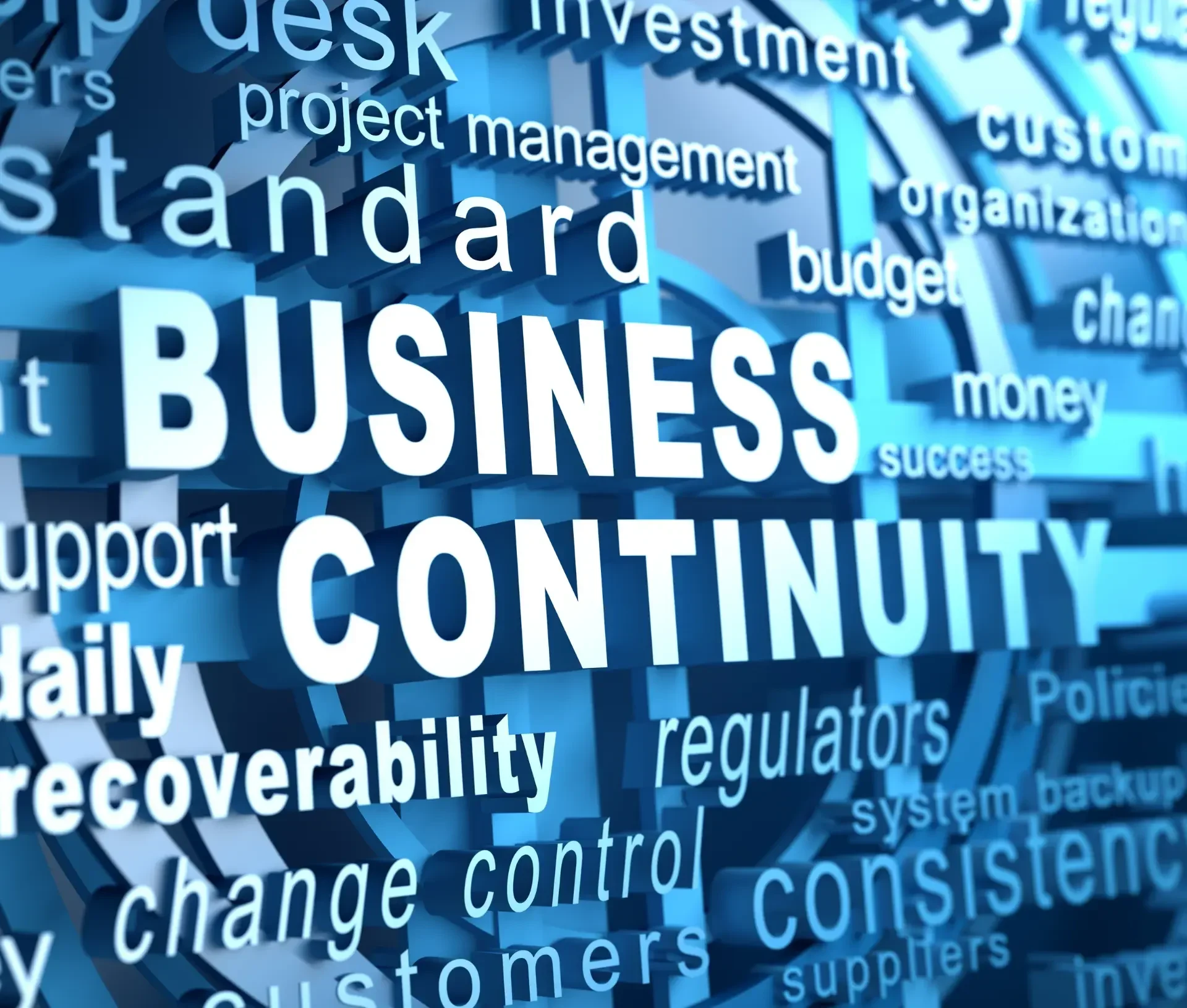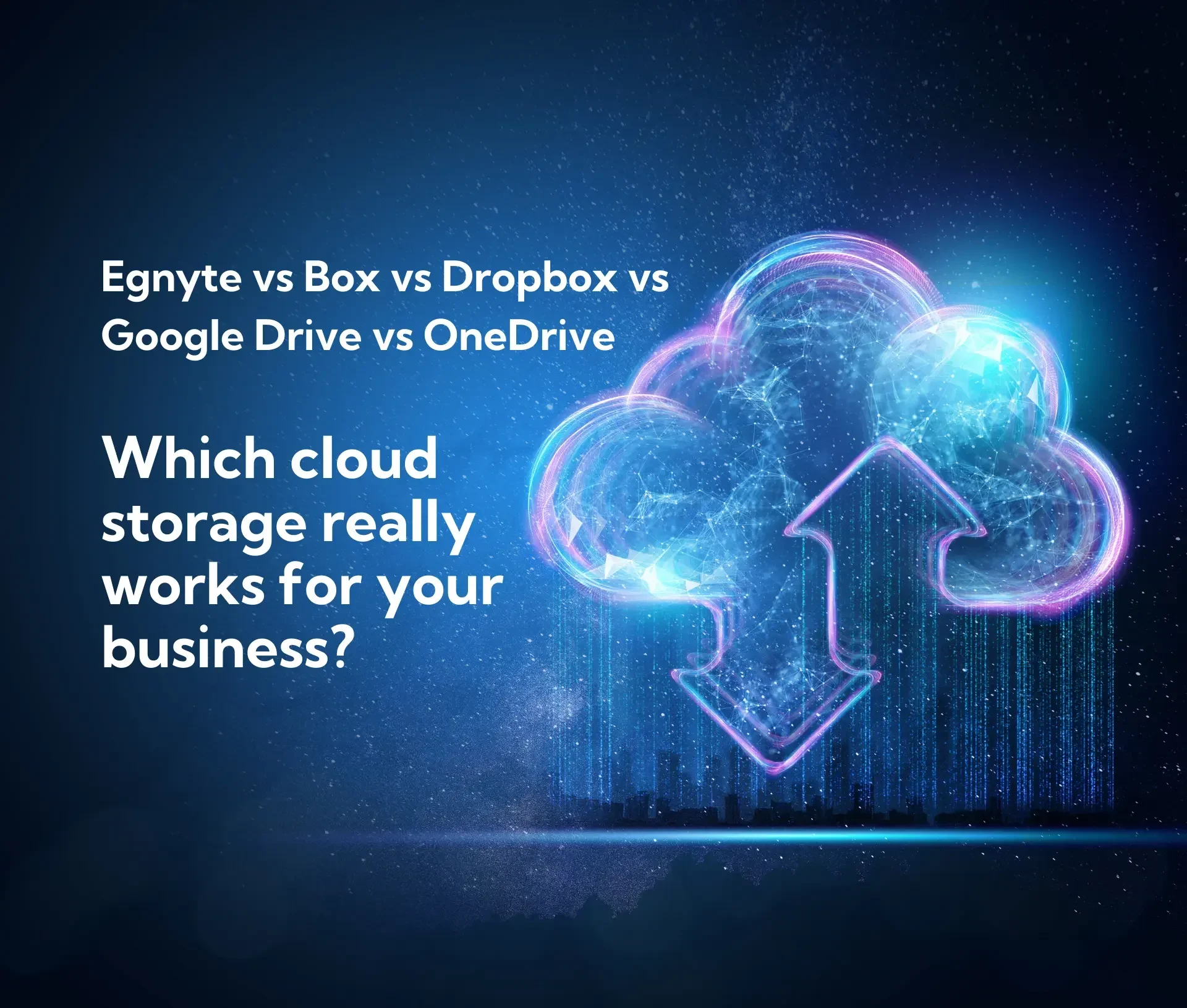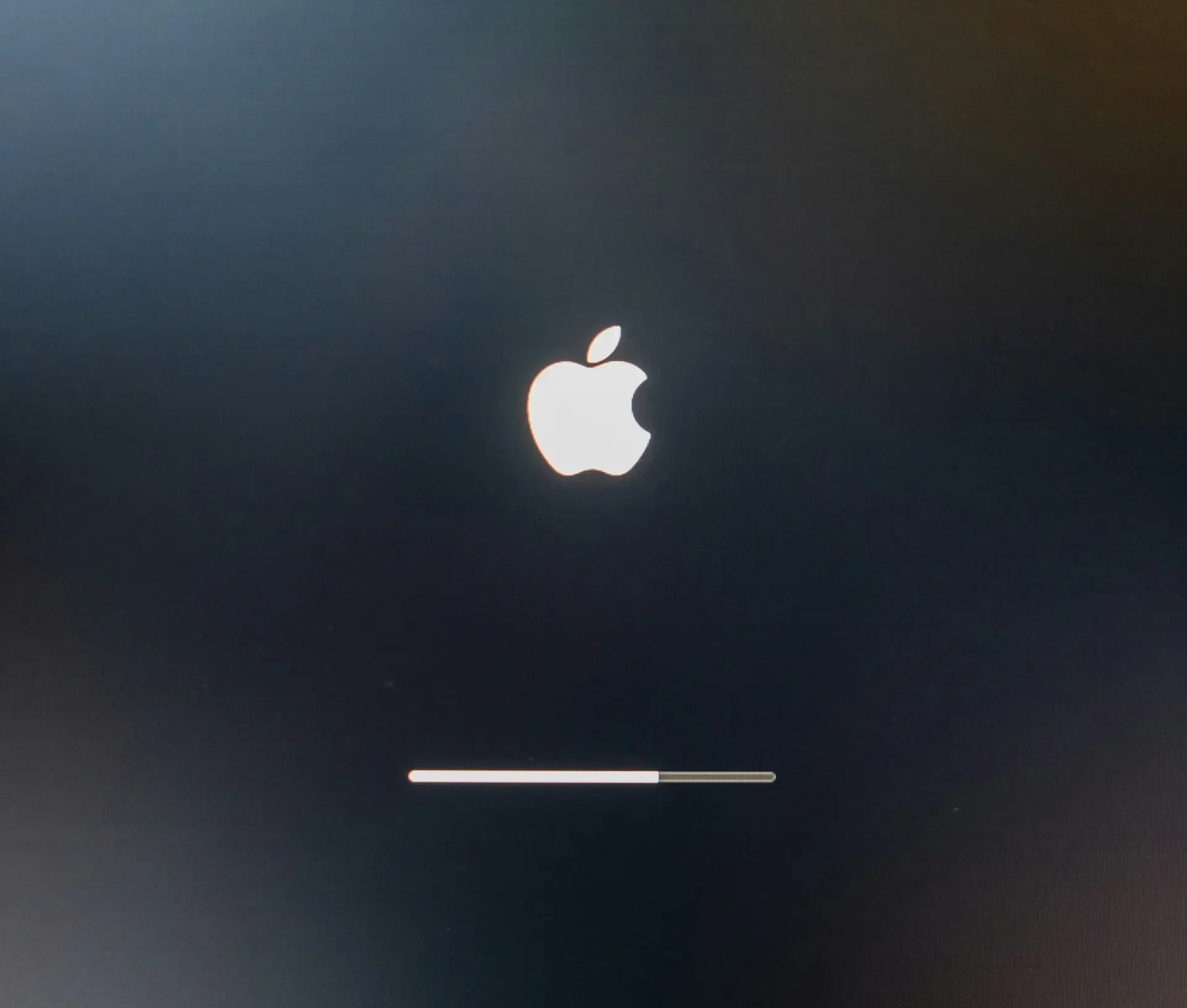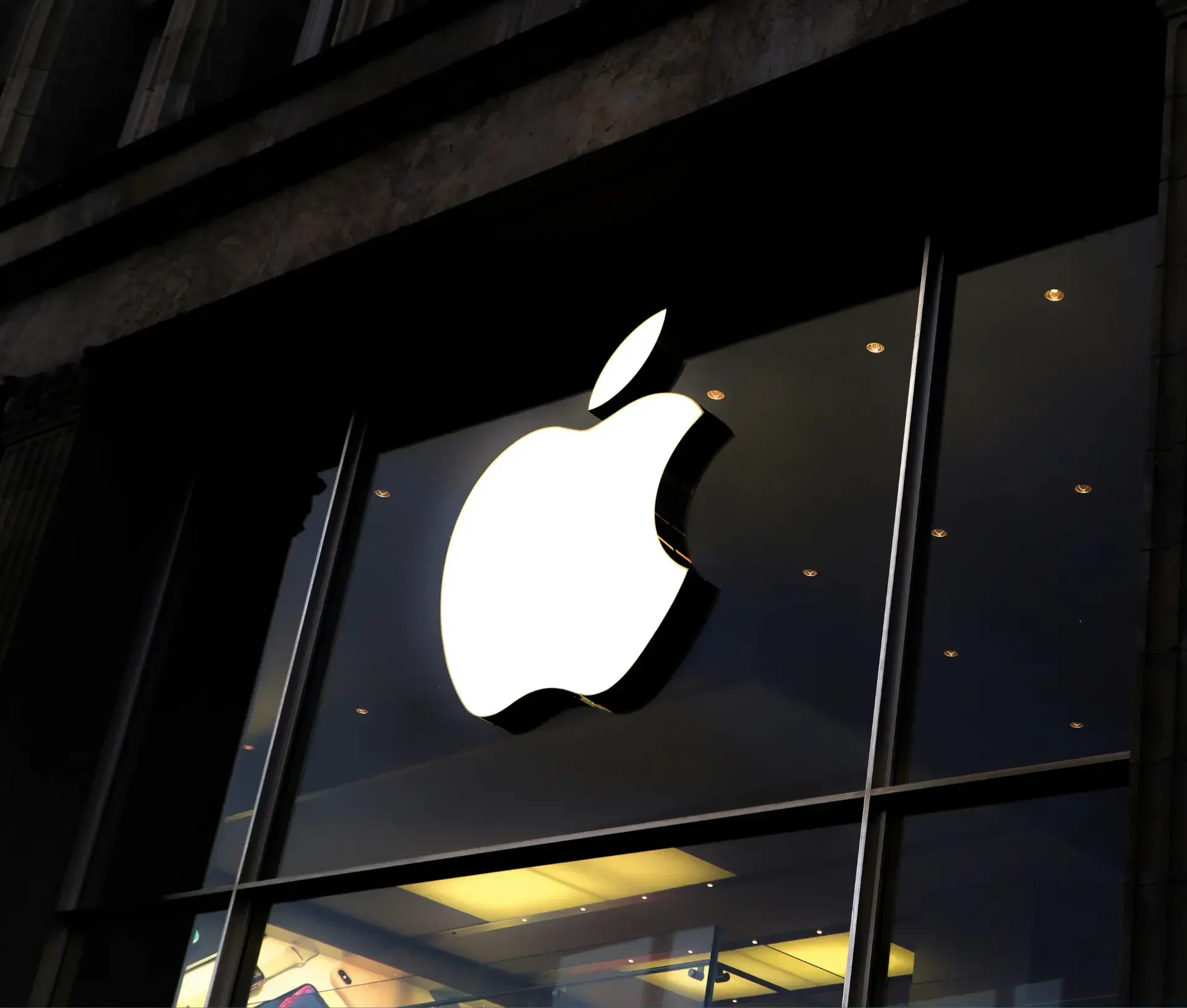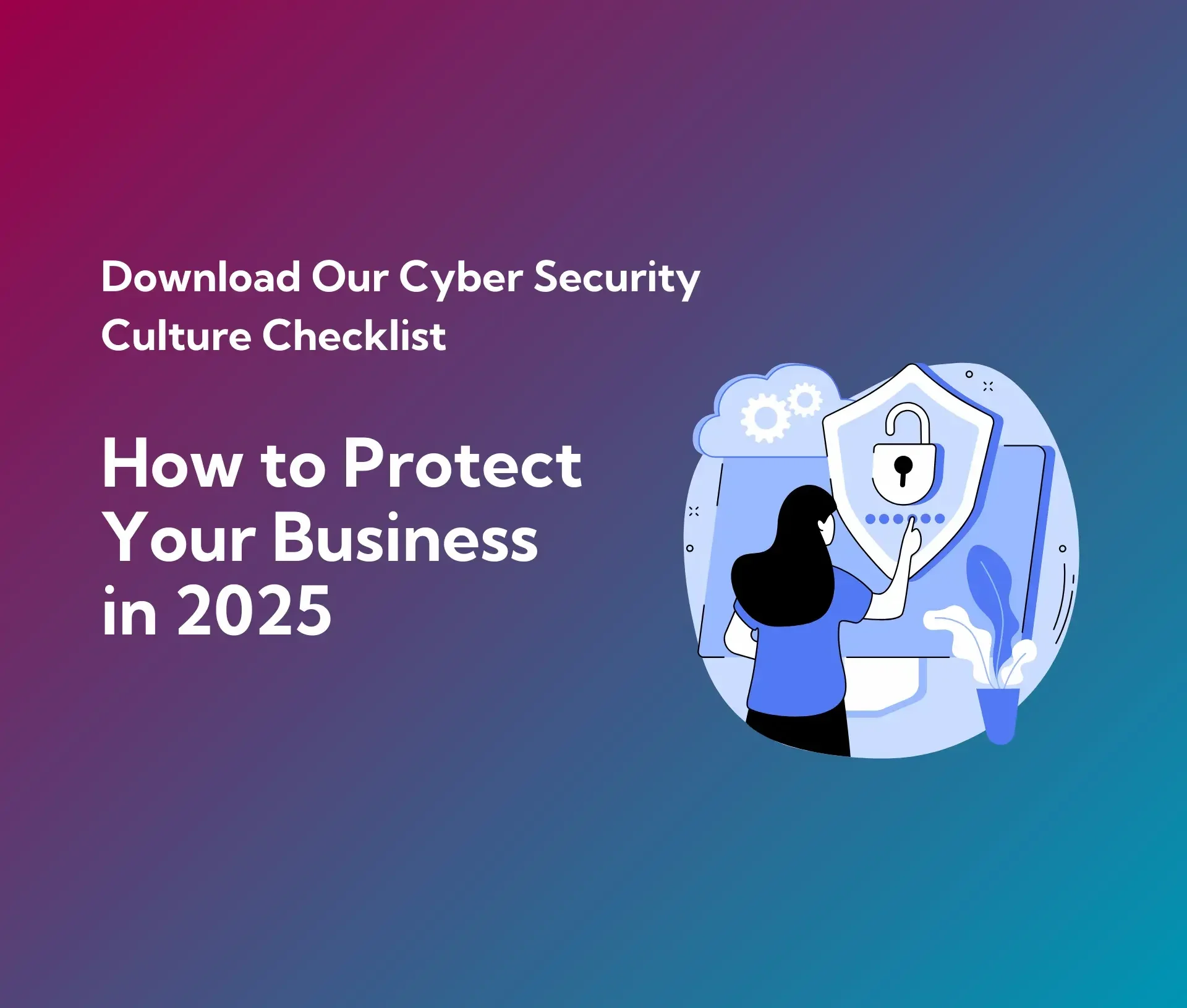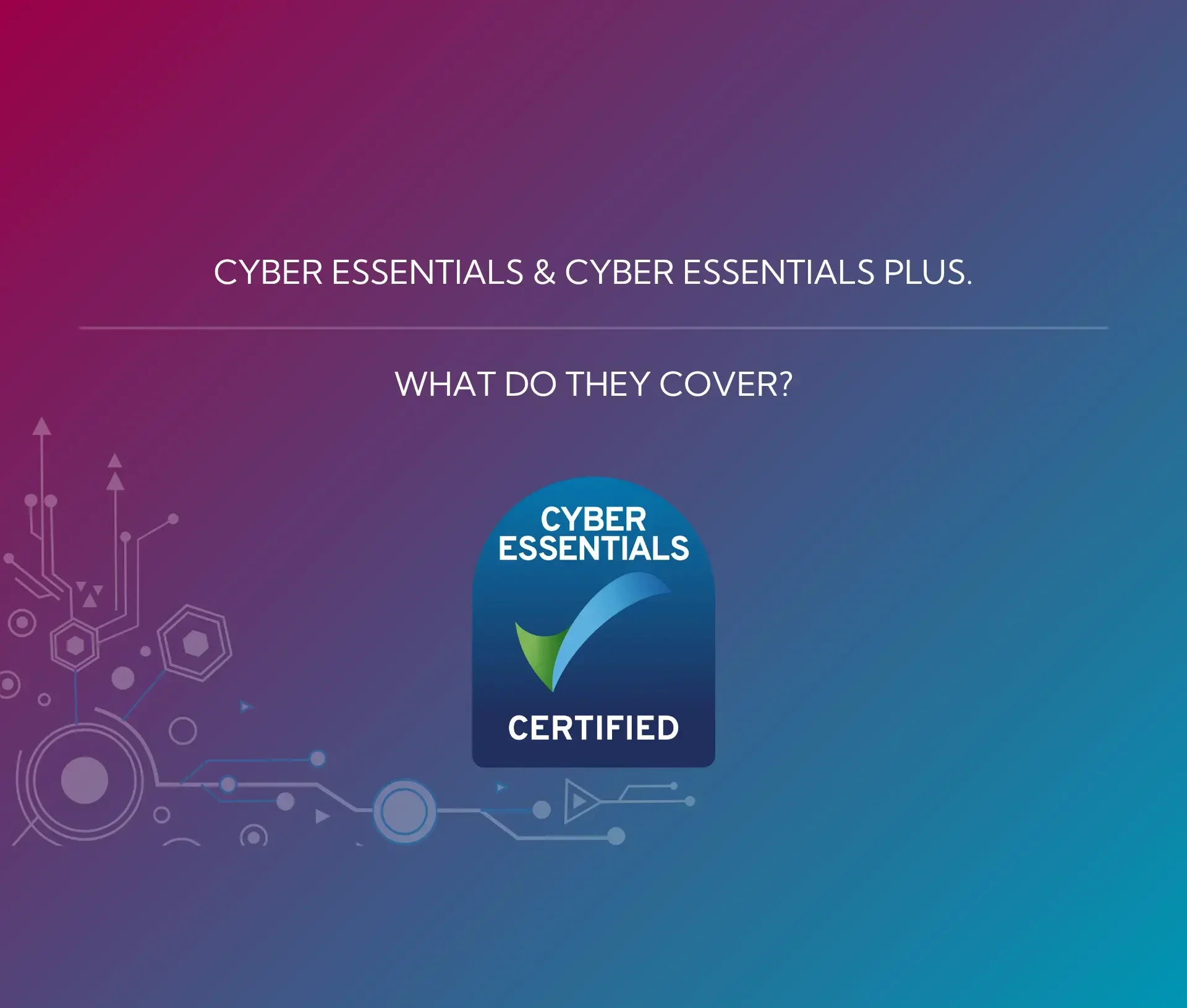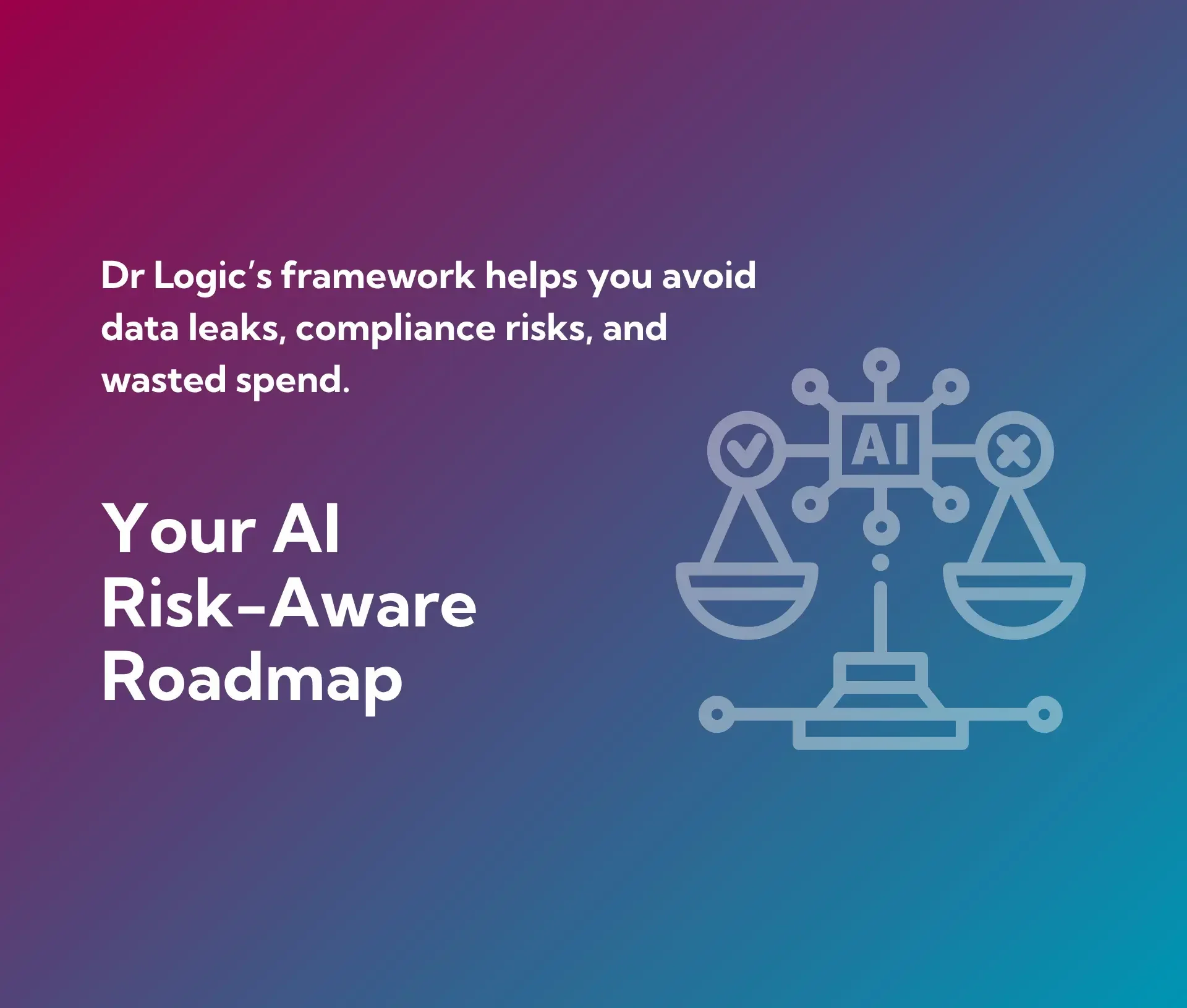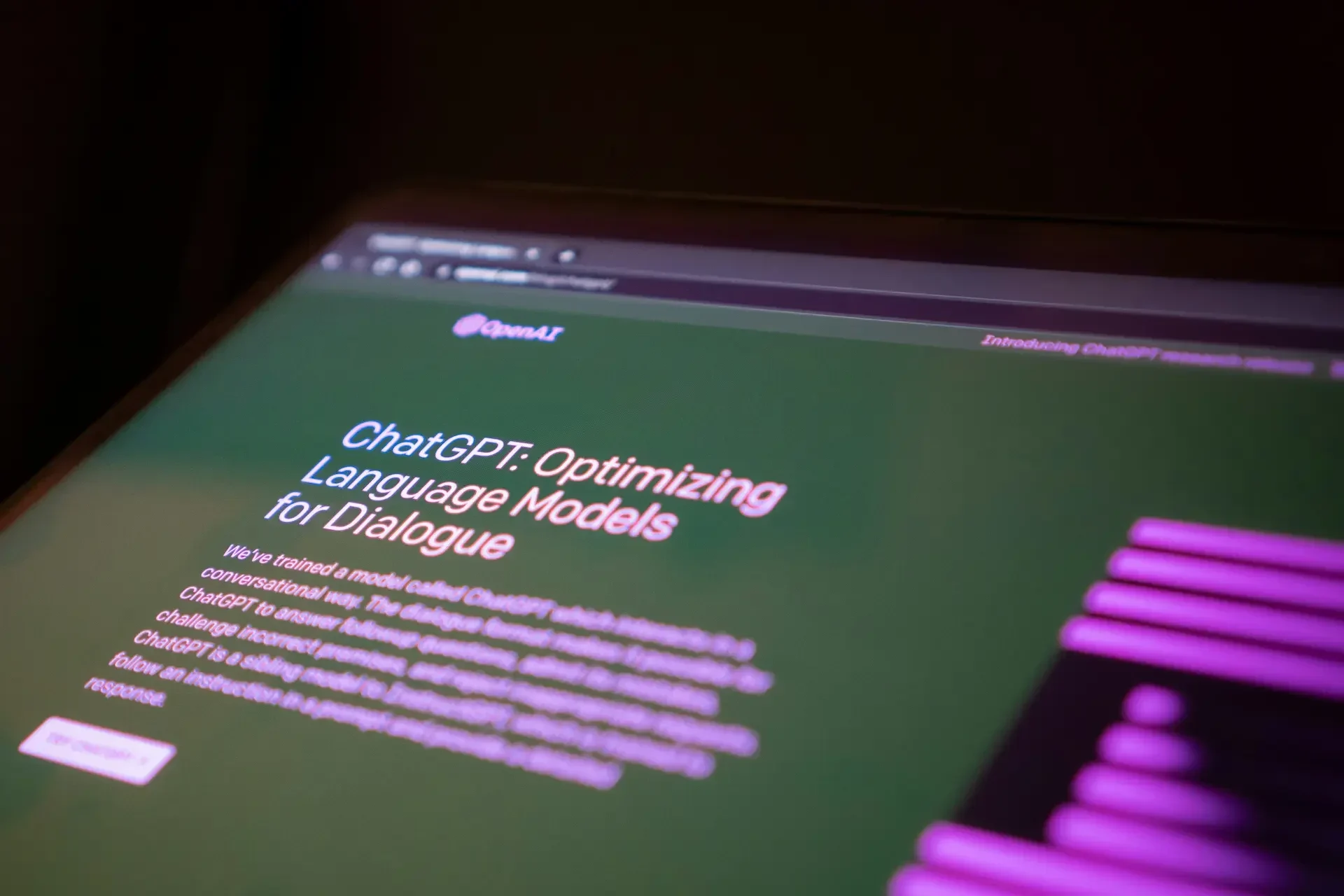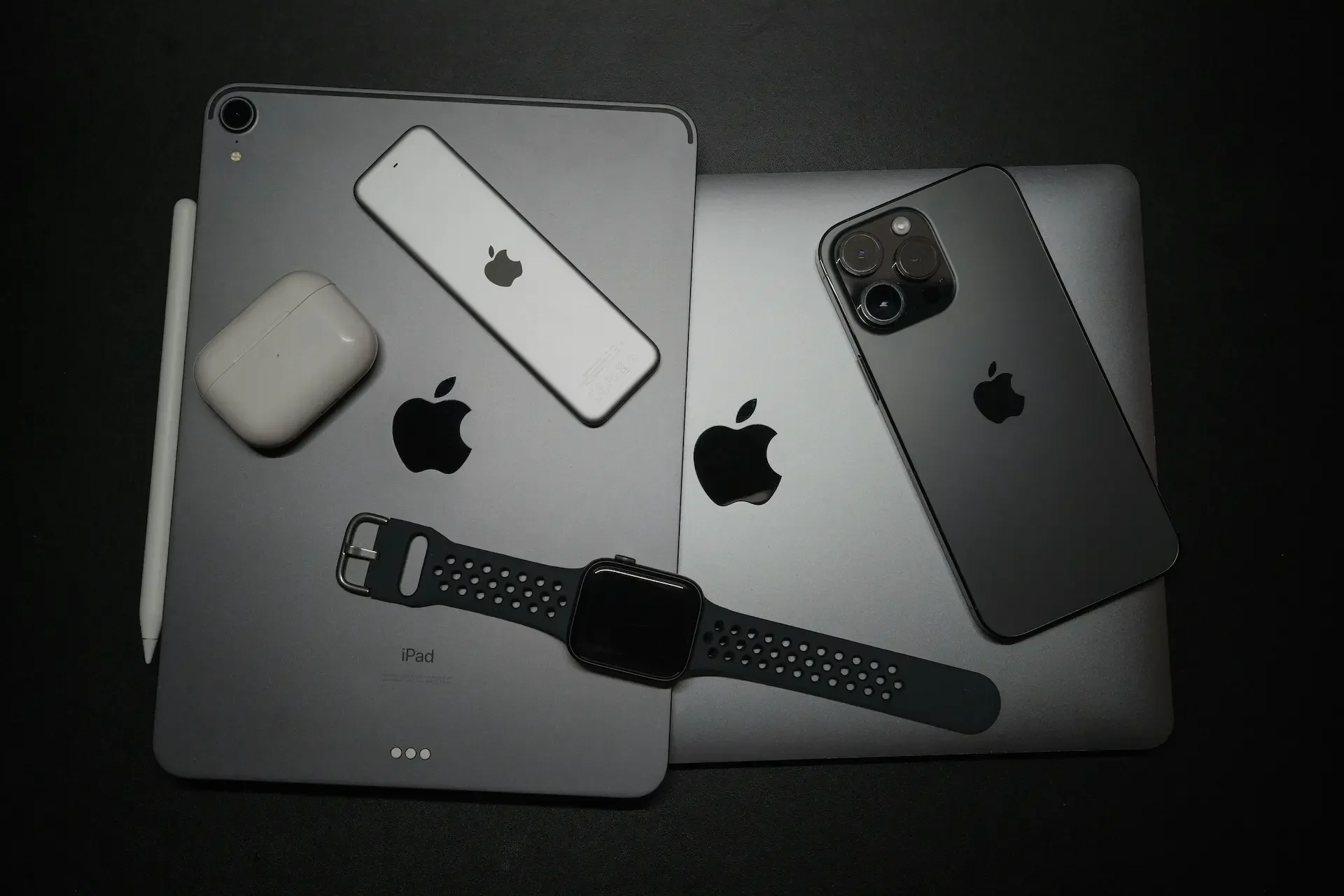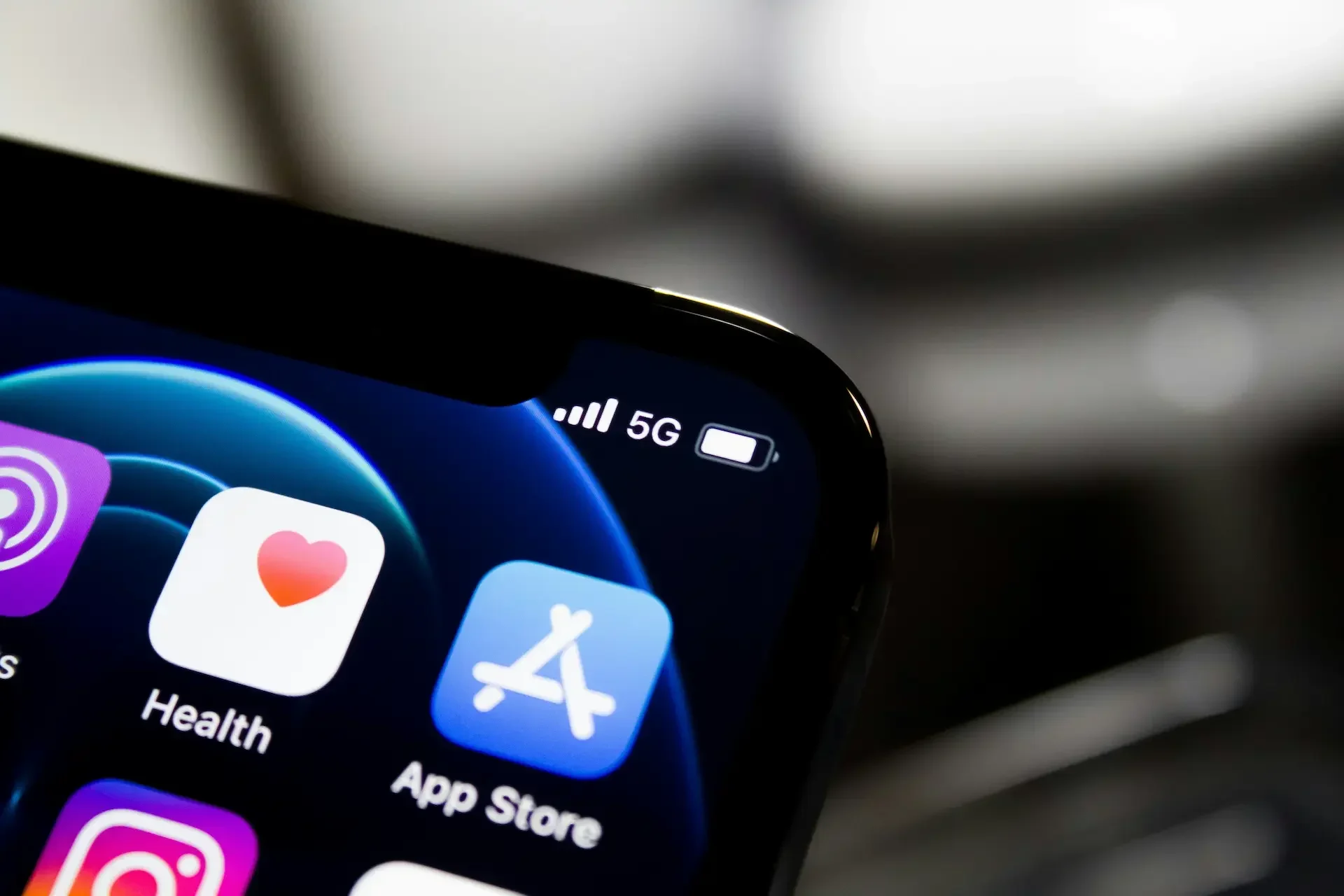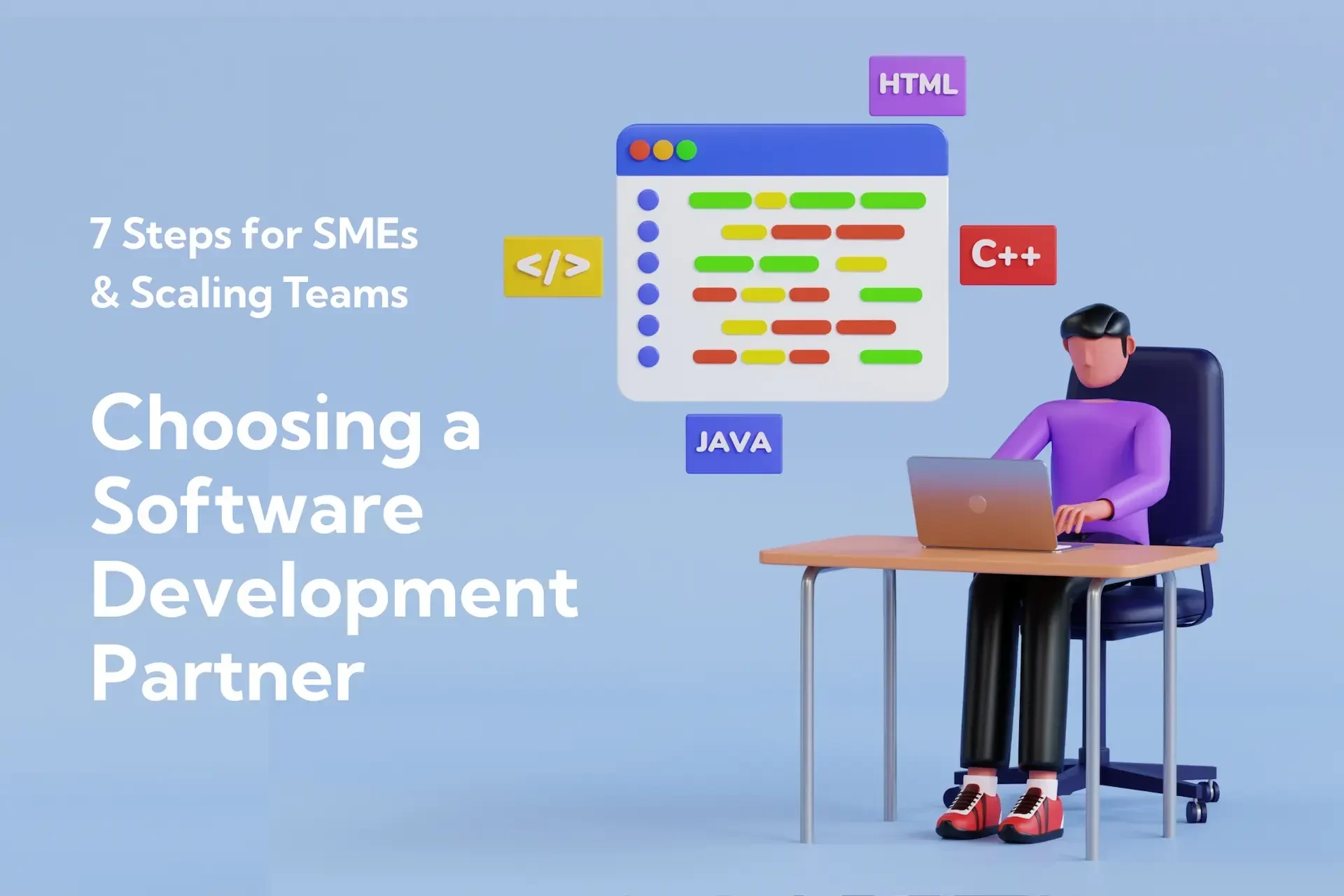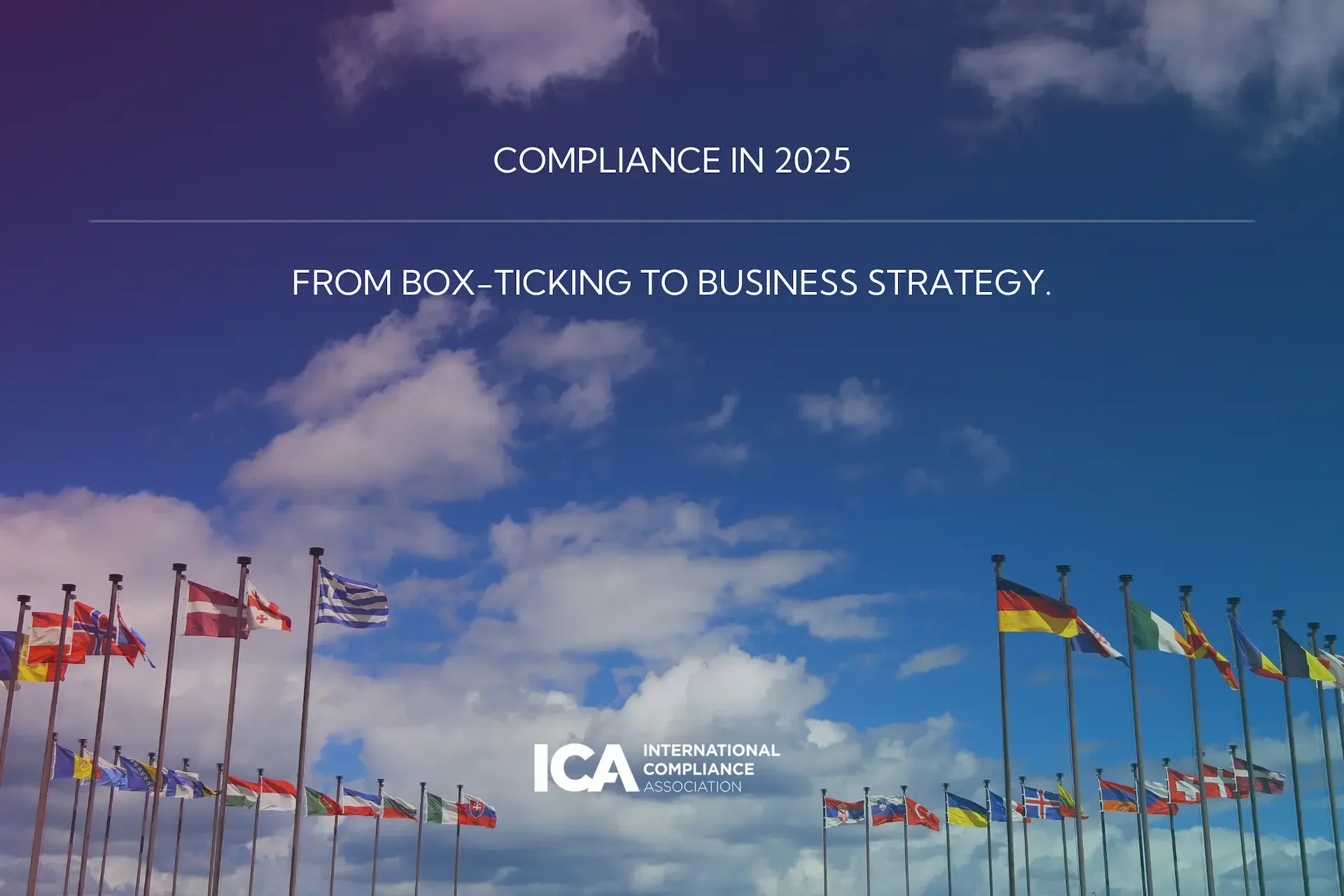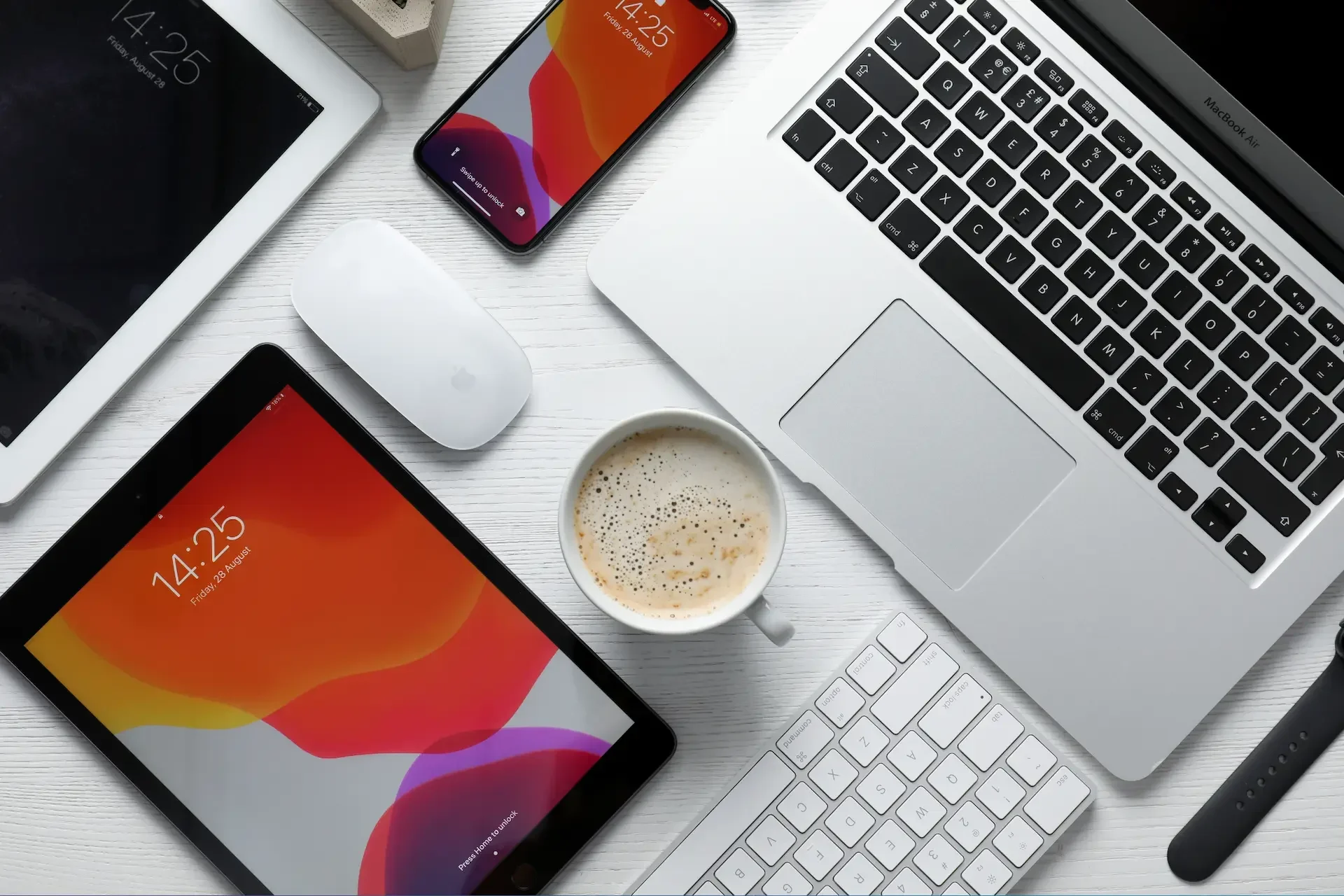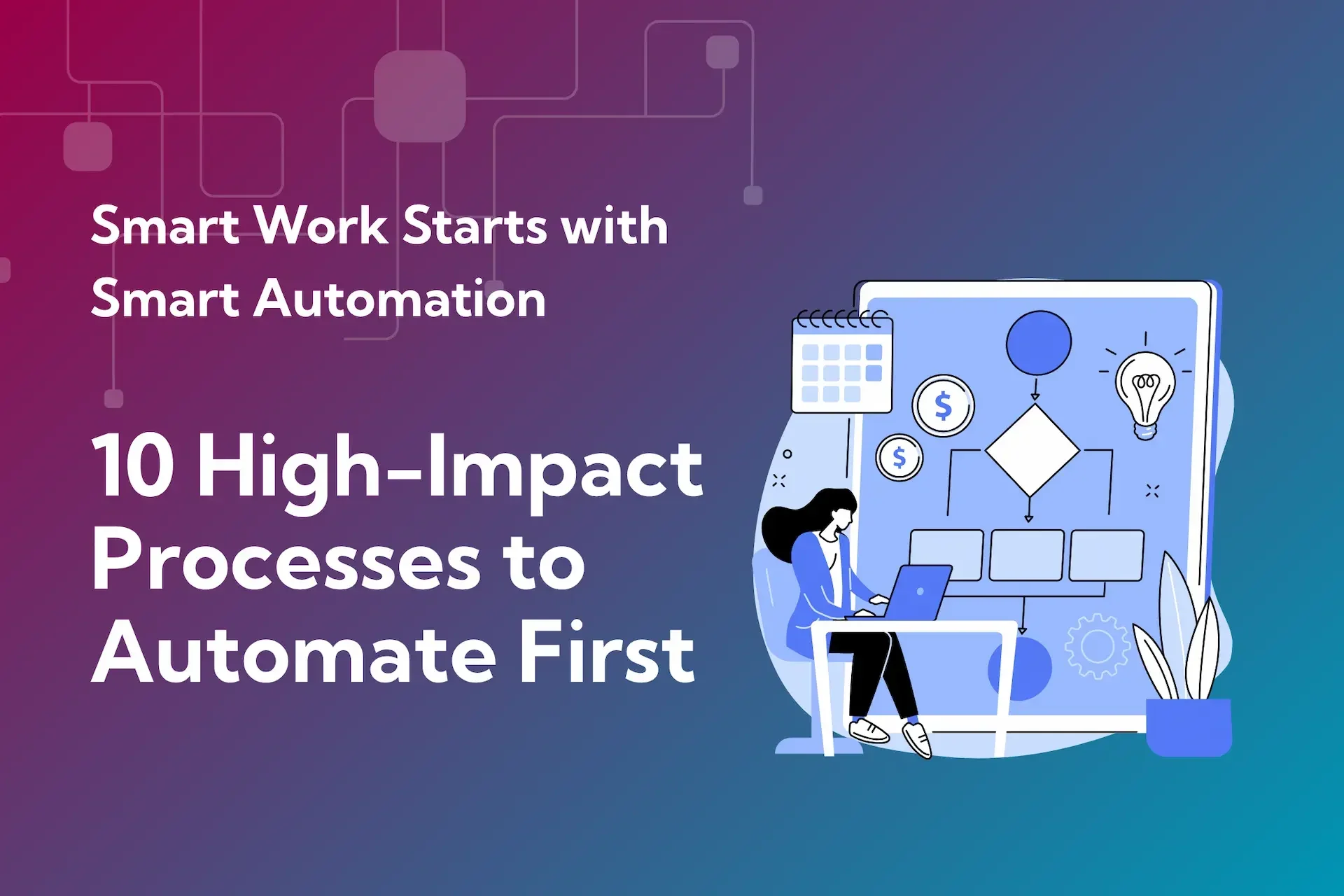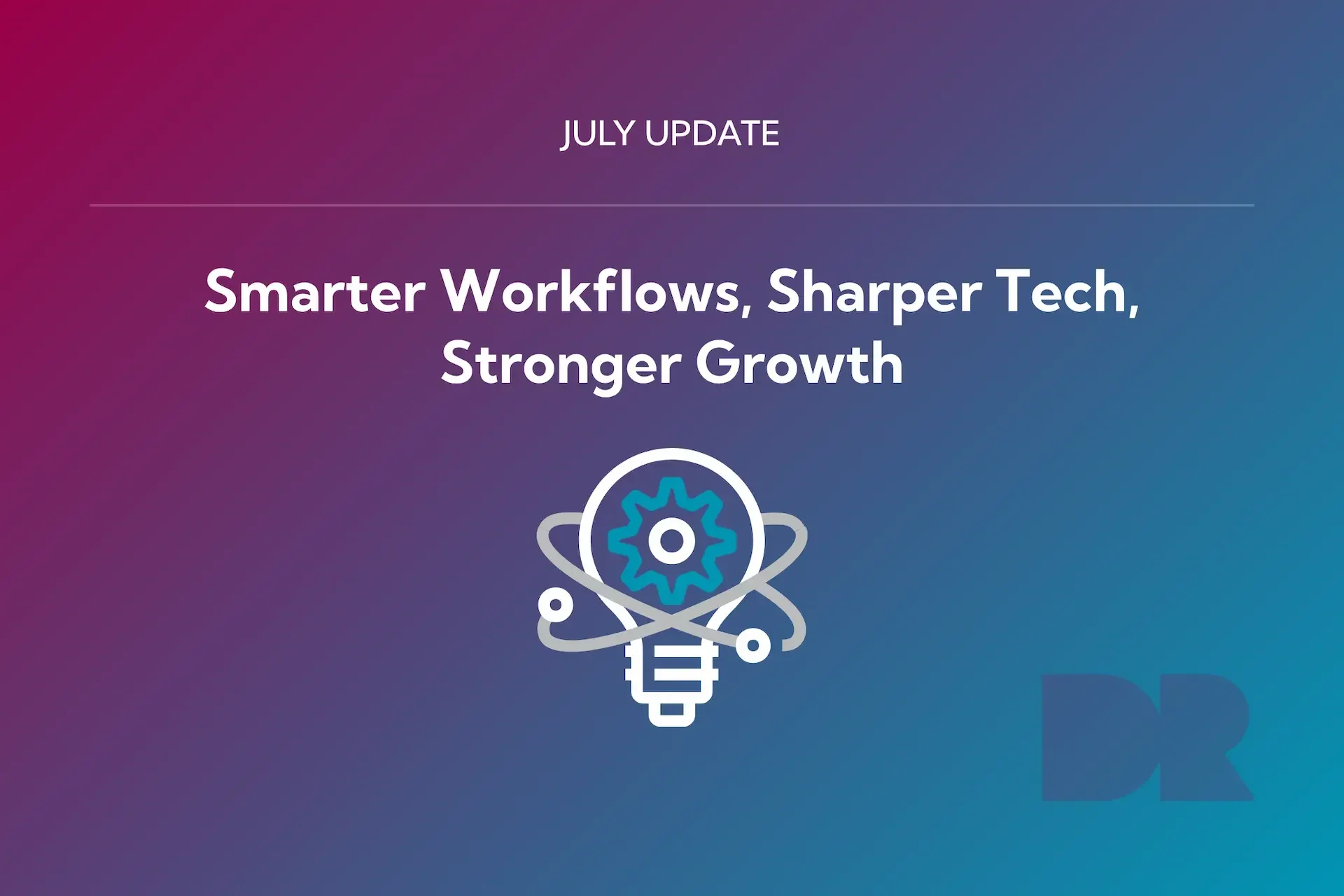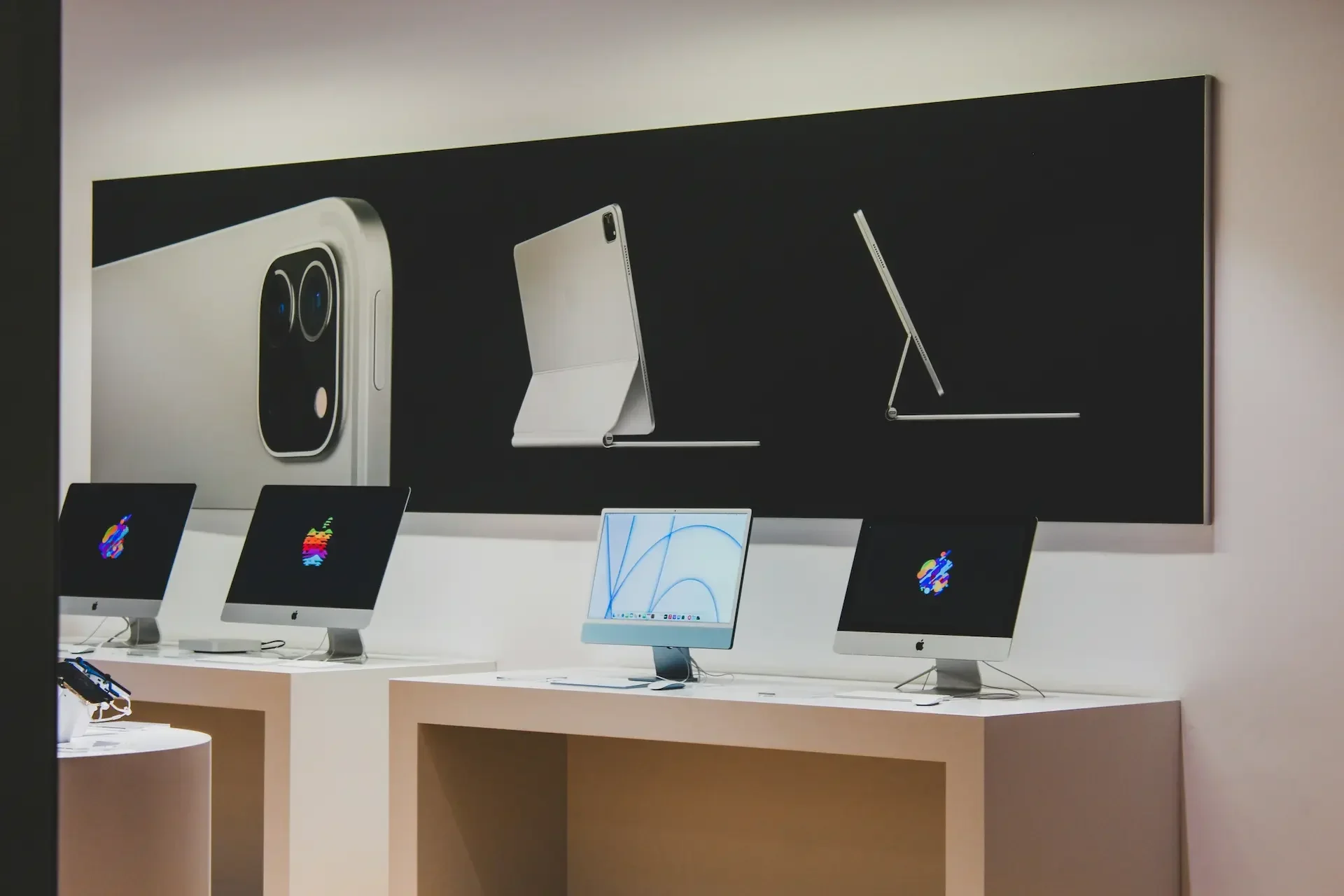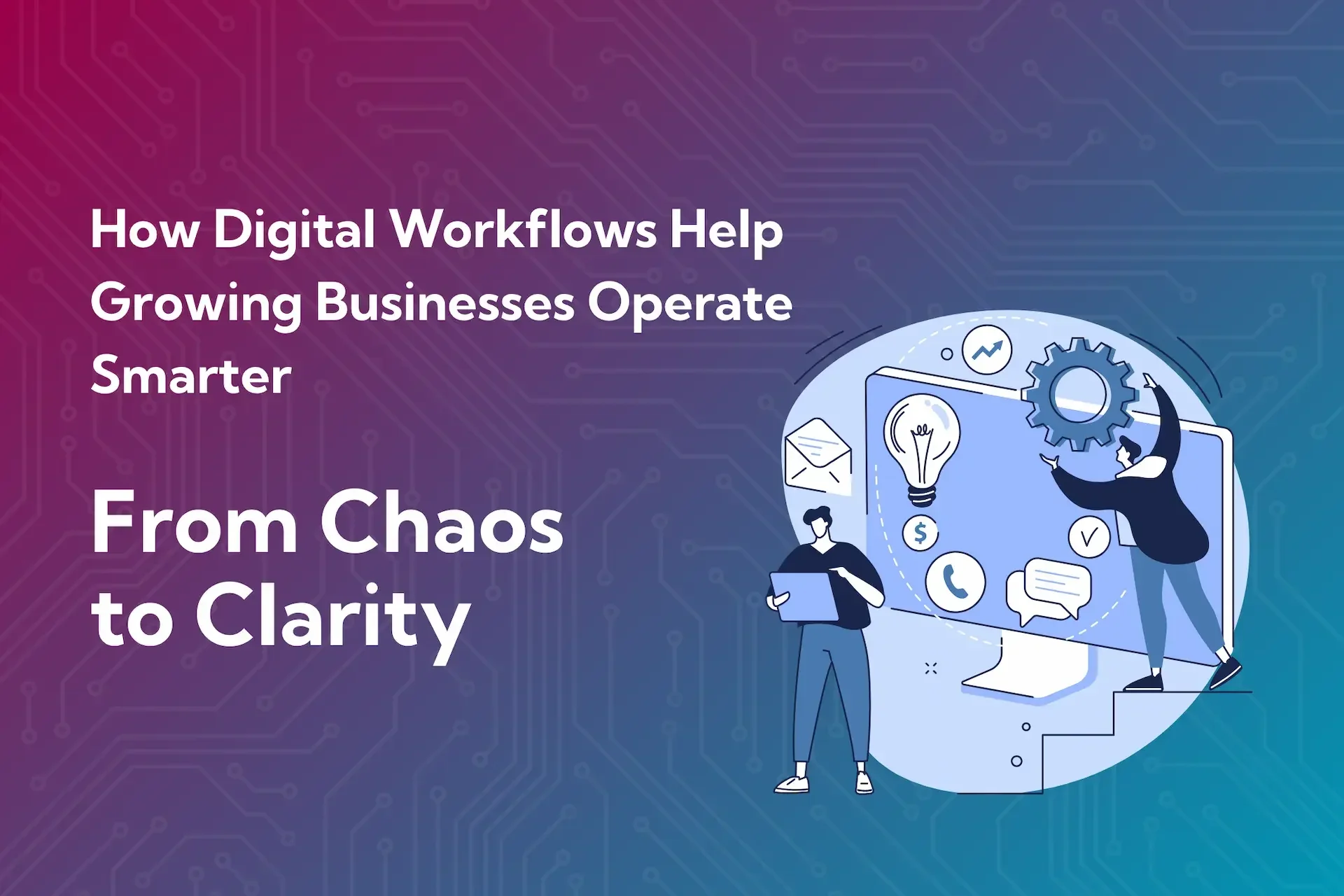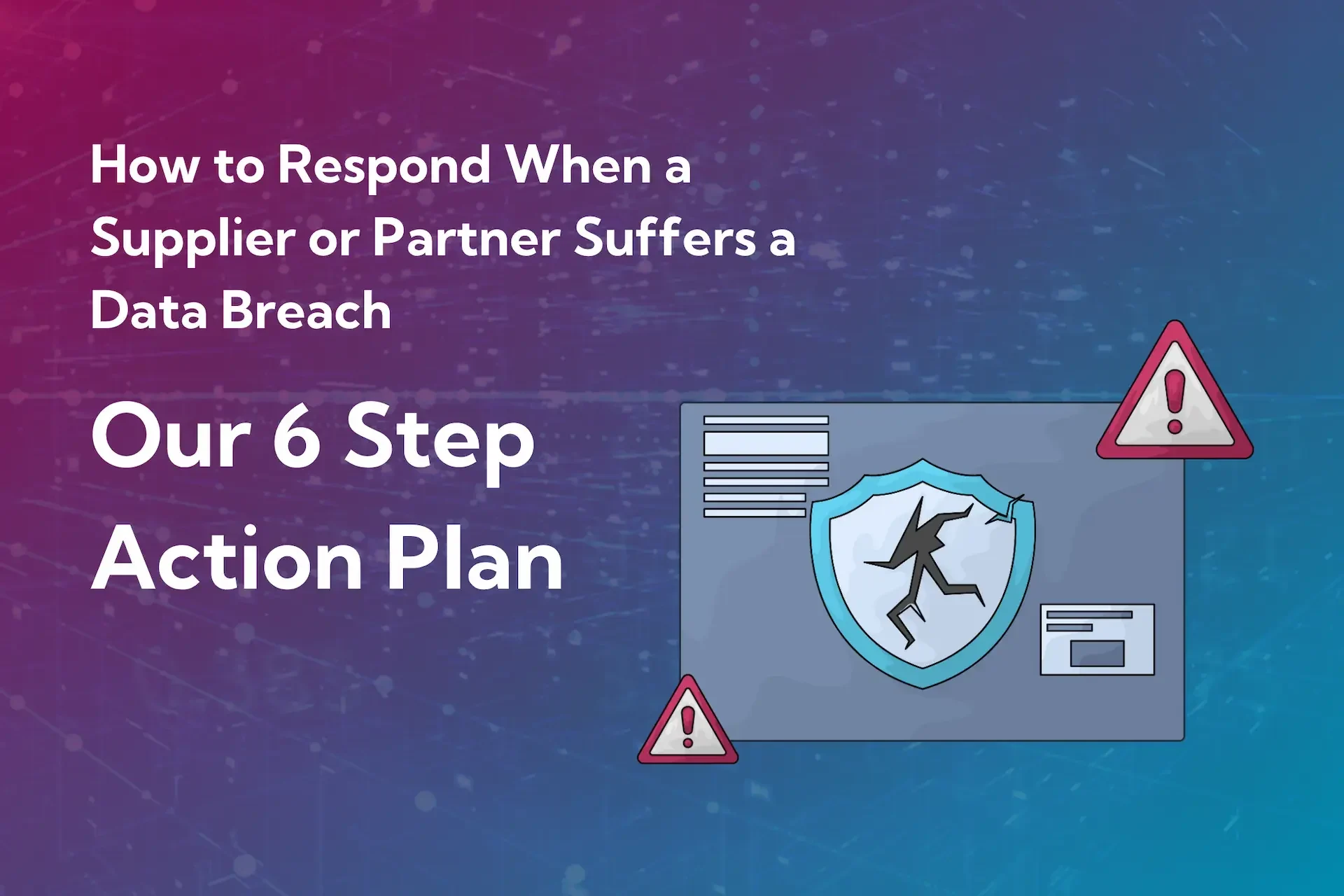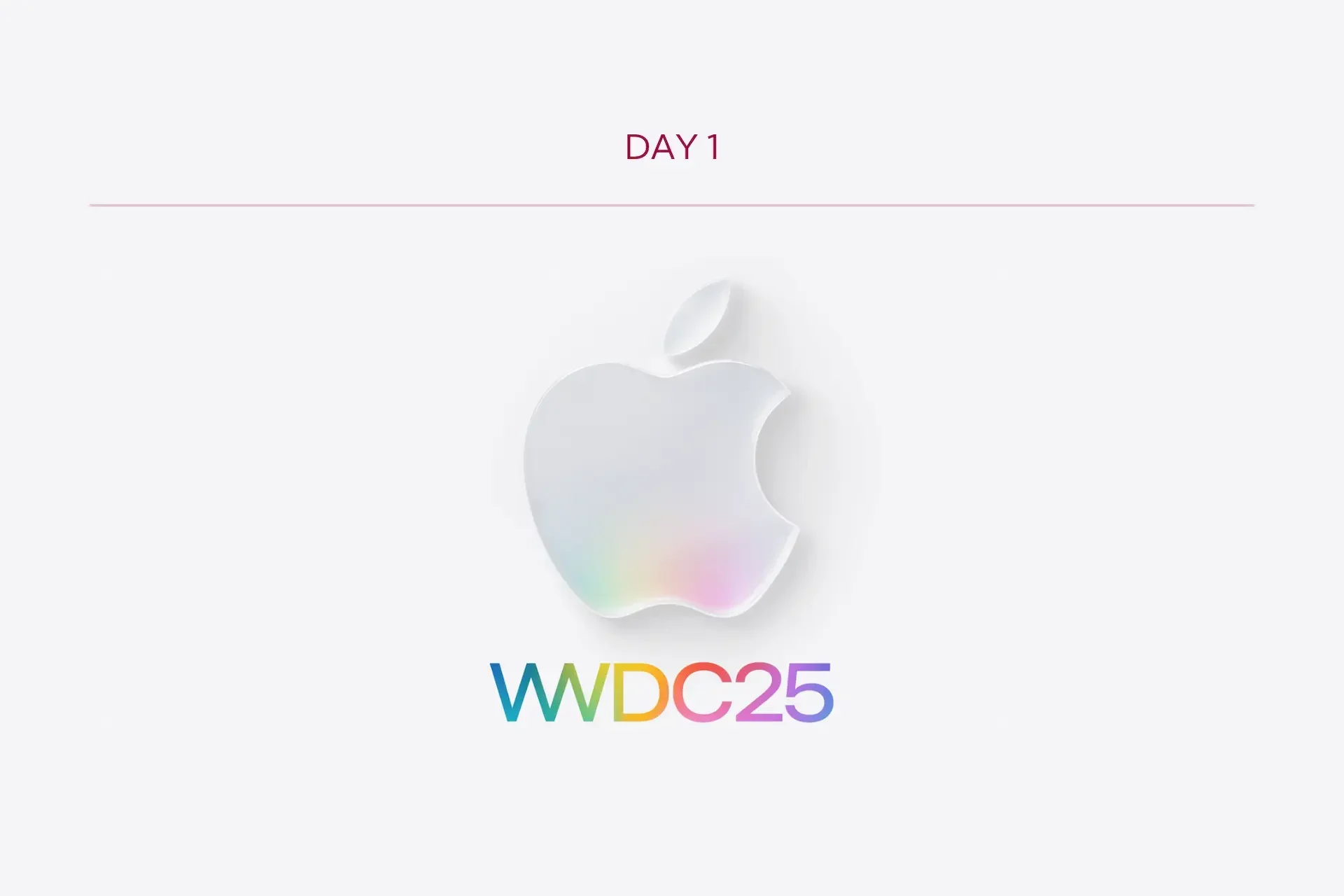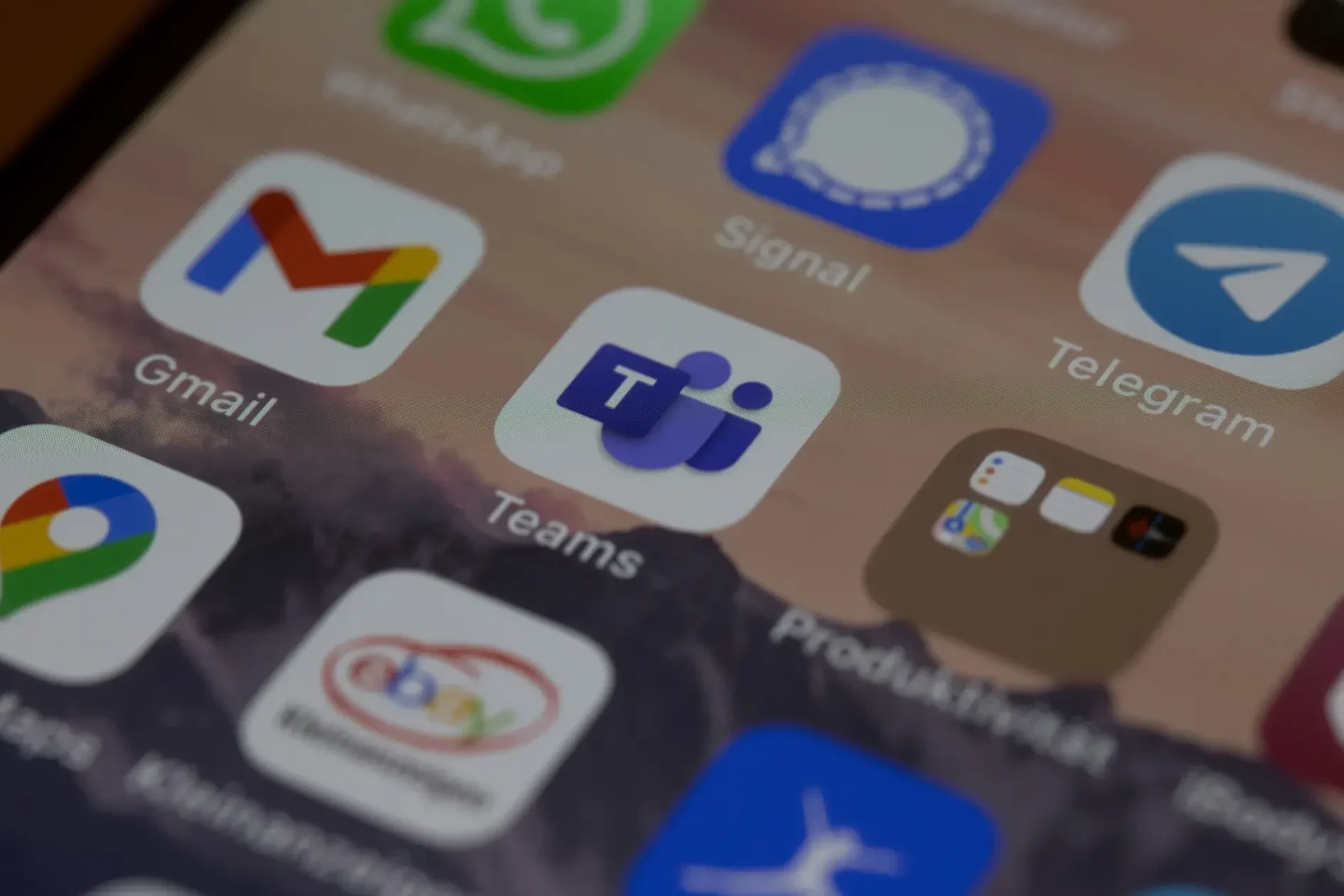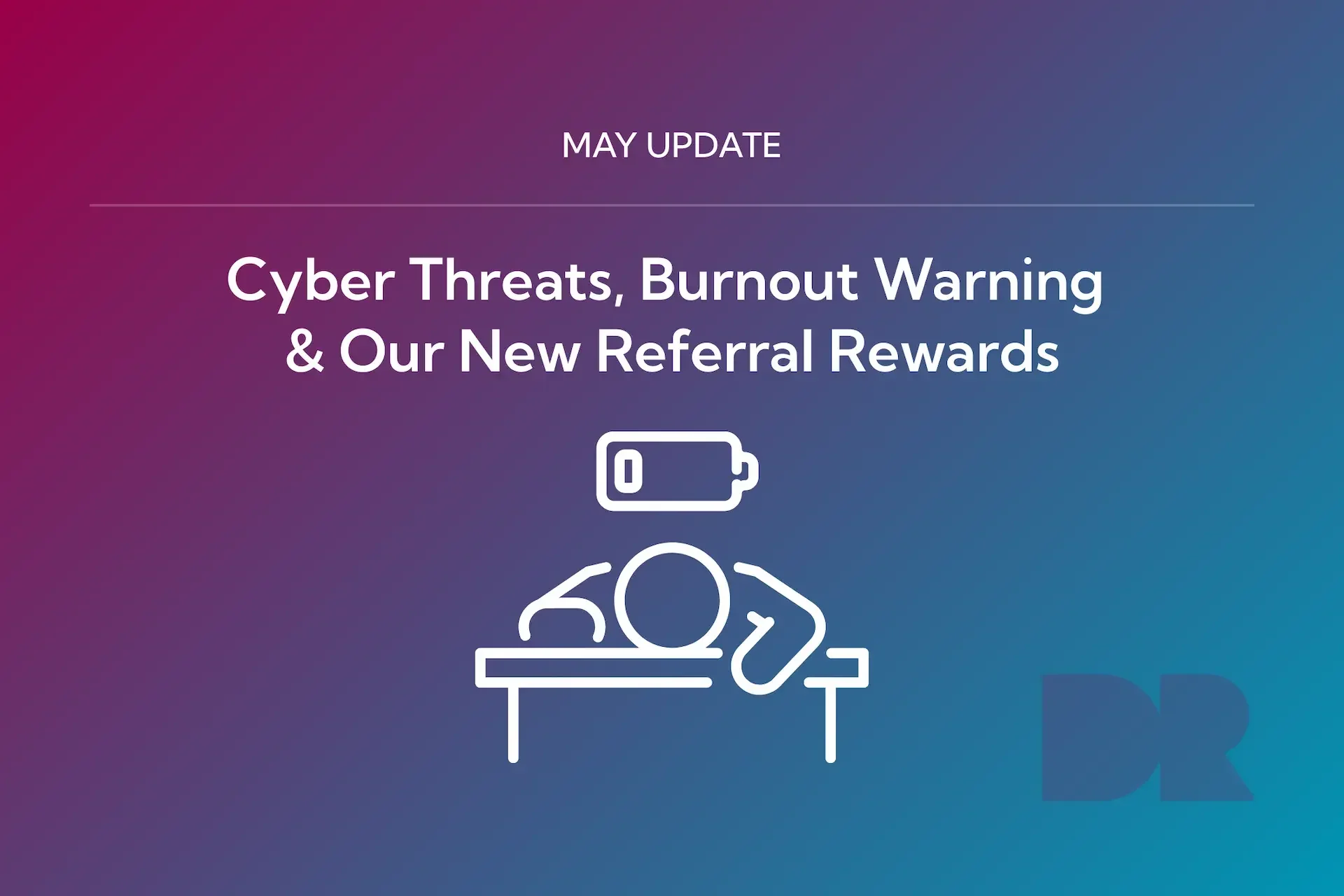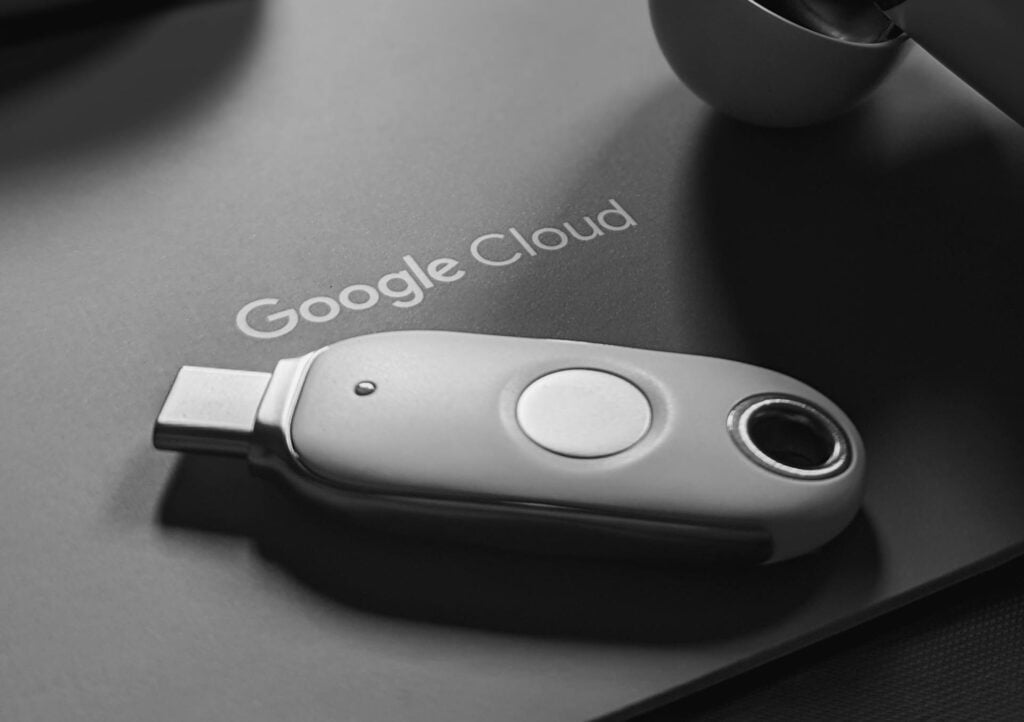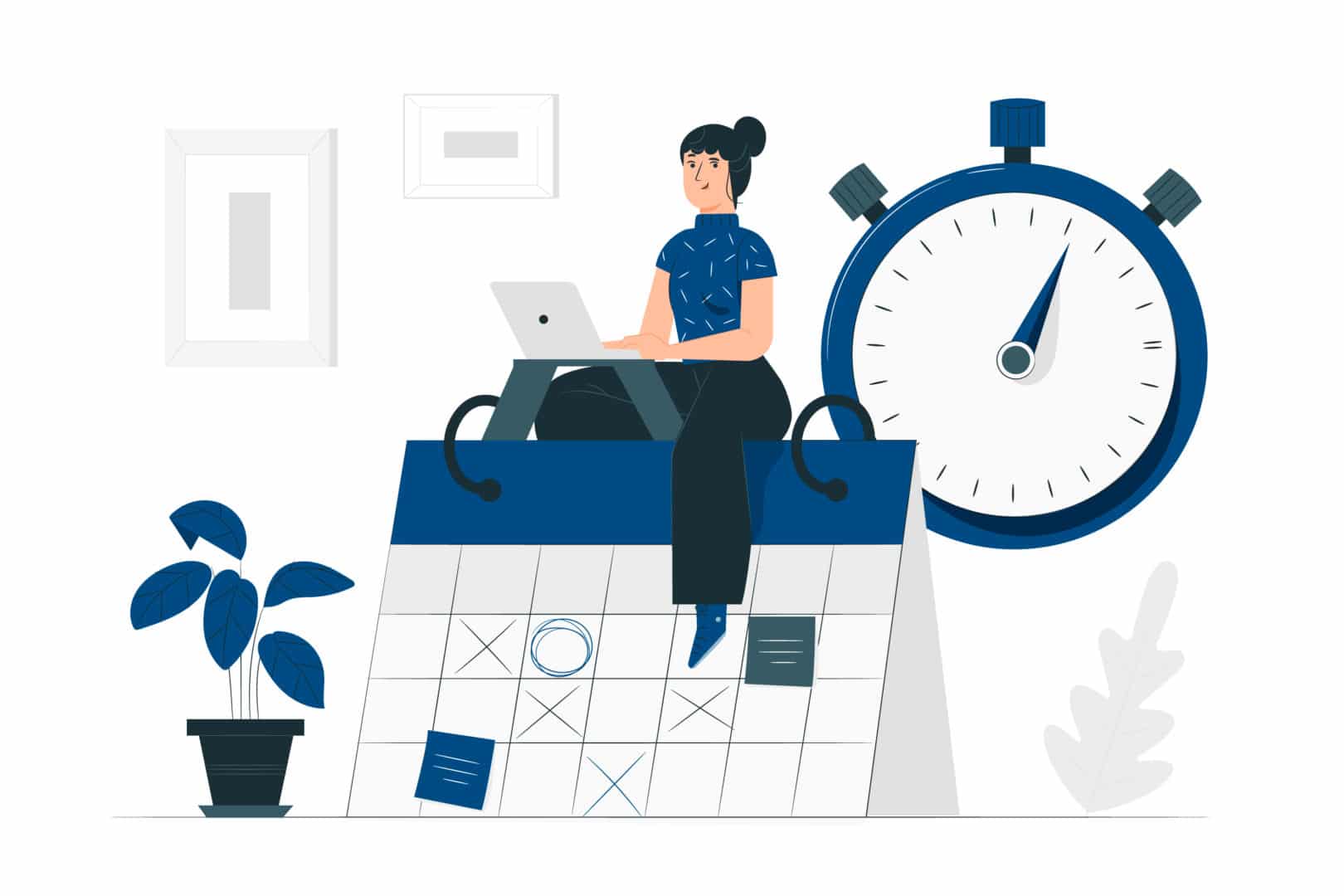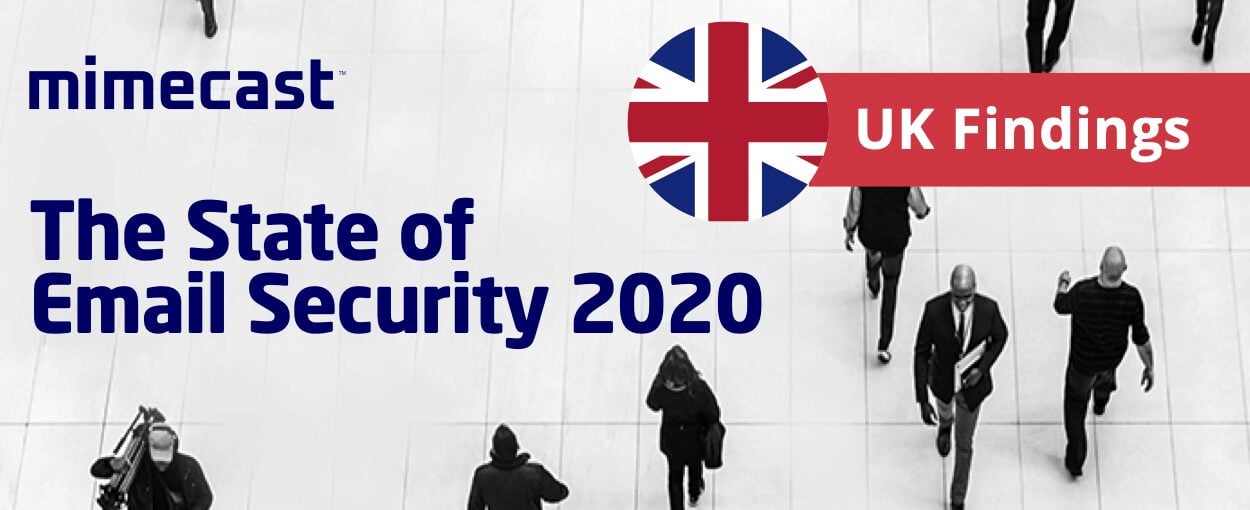More SMEs are choosing Macs and iPads, but without the right IT strategy, growth and security can suffer.
Here’s how to design a long-term roadmap that supports Apple-first or mixed Apple/Windows setups.
Why Apple-First and Hybrid Environments Are on the Rise
Apple has always had a strong foothold in creative sectors, marketing agencies, architects, and design studios, but in recent years, adoption has spread beyond these industries. Executive teams and knowledge workers increasingly prefer MacBooks and iPads for their build quality, intuitive interface, and longevity.
For business leaders, the shift isn’t just about style – it’s about:
- Employee experience: Teams want choice, and Macs often win when it comes to productivity and satisfaction.
- Total cost of ownership: While the upfront cost is higher, Macs often outlast comparable PCs and retain more value.
- Hybrid realities: Most SMEs don’t replace their Windows footprint entirely. Instead, they need an IT strategy that blends Apple devices with existing Windows and cloud services.
The opportunity is huge, but so are the risks if integration, security, and scalability aren’t properly planned.
Key Considerations for an Apple-First IT Strategy
Running a Mac-first workplace goes beyond buying devices. A strategic IT approach ensures those devices are managed, secure, and seamlessly connected to your core business tools. Key pillars include:
- Device Management (MDM): Centralised tools like Jamf or Addigy make it possible to configure, update, and secure macOS and iOS devices at scale
- Endpoint Security & Patch Management: Regular updates, encryption, and threat monitoring protect against malware and phishing.
- Integration with Core Platforms: Apple systems work well with Microsoft 365, Google Workspace, Slack, and Adobe Creative Cloud – when configured correctly.
With the right IT strategy, Apple-first doesn’t mean Apple-only. It means Apple works as a natural part of your wider business ecosystem.
Thinking of scaling your Apple footprint?
We help SMEs design IT strategies that make Apple and Windows work beautifully together.
Planning for a Hybrid Environment
Most SMEs run a mix of Apple and Windows. Without a strategy, this hybrid reality can create silos, inefficiencies, and risk. The focus should be on building cross-platform harmony:
- Collaboration and Identity Management: Tools like Azure AD, Okta, or JumpCloud provide a single sign-on experience across macOS, Windows, and cloud apps.
- Shared File Systems and Application Compatibility: Cloud-first solutions like Egnyte, OneDrive, or Google Drive ensure files are accessible across both platforms.
- Consistent Security Policies: Security should be applied equally whether staff use a MacBook, Surface, or iPhone. Unified monitoring and endpoint detection are essential.
A hybrid IT strategy is about removing friction – so your people can work securely, from any device, anywhere.
Building Governance and Compliance Into the Strategy
Modern IT strategies can’t stop at devices and apps. They must also support compliance, risk management, and governance frameworks:
- GDPR & Cyber Essentials: Data protection and access control are baseline requirements. Apple-first environments need the same safeguards as Windows-heavy ones.
- Access Controls & Identity Management: Role-based access ensures only the right people get into the right systems.
- Regular Strategic Reviews: IT is never static. Scheduling reviews and audits ensures policies evolve with regulations and business growth.
Embedding compliance from the start avoids costly retrofits later.
Implementation Steps for SMEs
Building a secure, scalable IT strategy doesn’t have to be overwhelming. A structured approach helps SMEs move from reactive to strategic IT:
- Assess Current Infrastructure and Needs: Map out devices, apps, workflows, and risks.
- Develop a Phased Rollout Plan: Balance business continuity with improvements in security and efficiency.
- Train Staff and Support Teams: User adoption is as important as the tech itself.
- Partner with an Apple-Certified IT Provider: Expertise in both Apple and Windows ensures seamless integration.
Conclusion: Make Apple Work for Your Business
A well-planned IT strategy ensures Apple-first or hybrid environments are secure, scalable, and future-ready. From device management and compliance to cross-platform collaboration, the right roadmap enables Apple adoption to become a business advantage.
Ready to align your IT strategy with growth?
Book an Apple IT strategy review with Dr Logic.
FAQs
What is an Apple IT strategy?
An Apple IT strategy is a long-term roadmap for managing Macs, iPads, and iPhones within your business, covering device management, security, integration, and compliance.
Can Macs and Windows work together in the same business?
Yes. With the right tools for identity management, file sharing, and security, Apple and Windows can integrate seamlessly.
Why are businesses choosing Apple-first IT?
Beyond creative industries, Macs are increasingly popular with executives and employees for their reliability, performance, and lower total cost of ownership.
How do I manage Macs at scale?
Using a Mobile Device Management (MDM) platform such as Jamf or Addigy allows businesses to manage devices, push updates, and enforce security centrally.
Do Apple environments need the same security as Windows?
Absolutely. Macs are not immune to threats. Endpoint protection, encryption, and patch management remain critical.
























